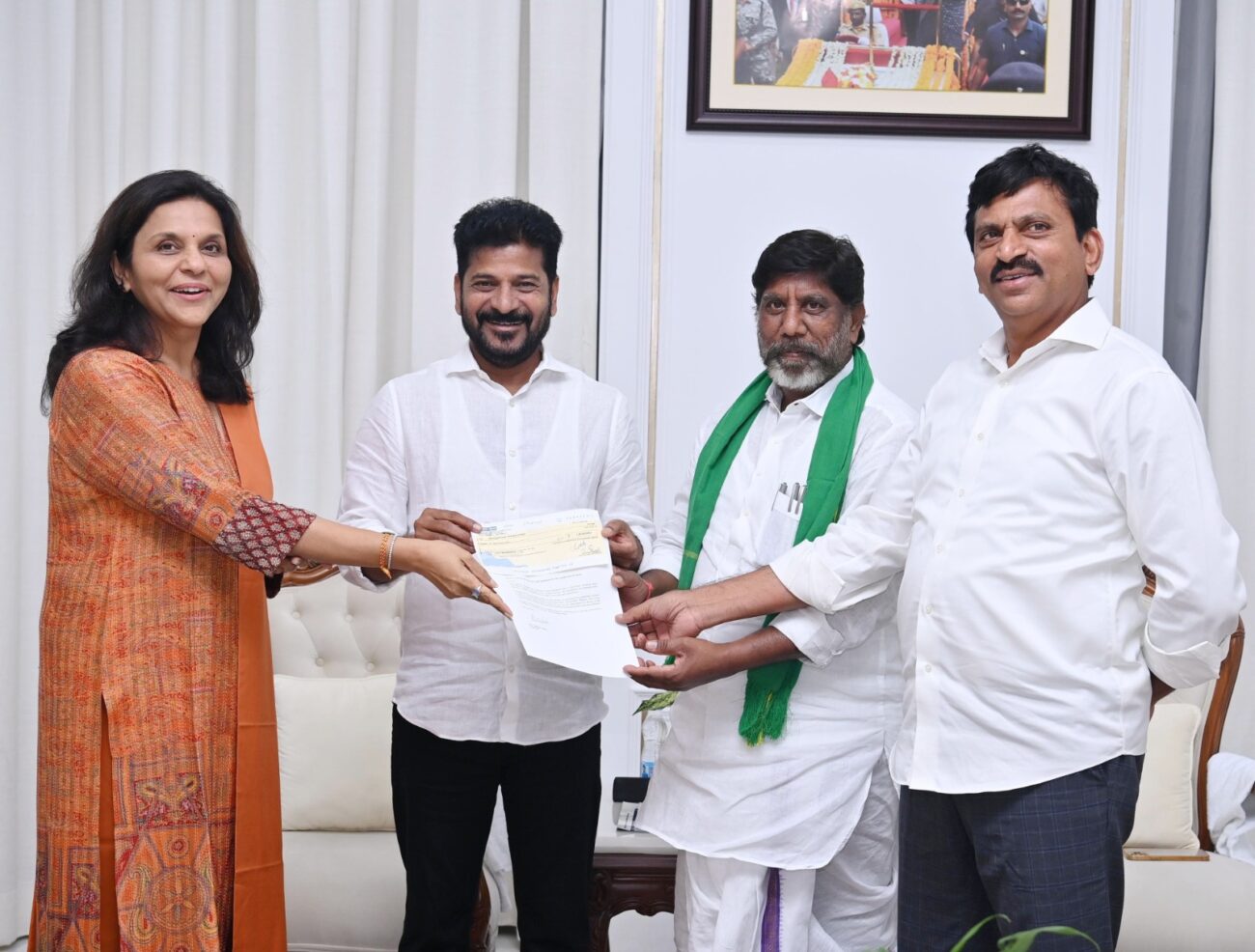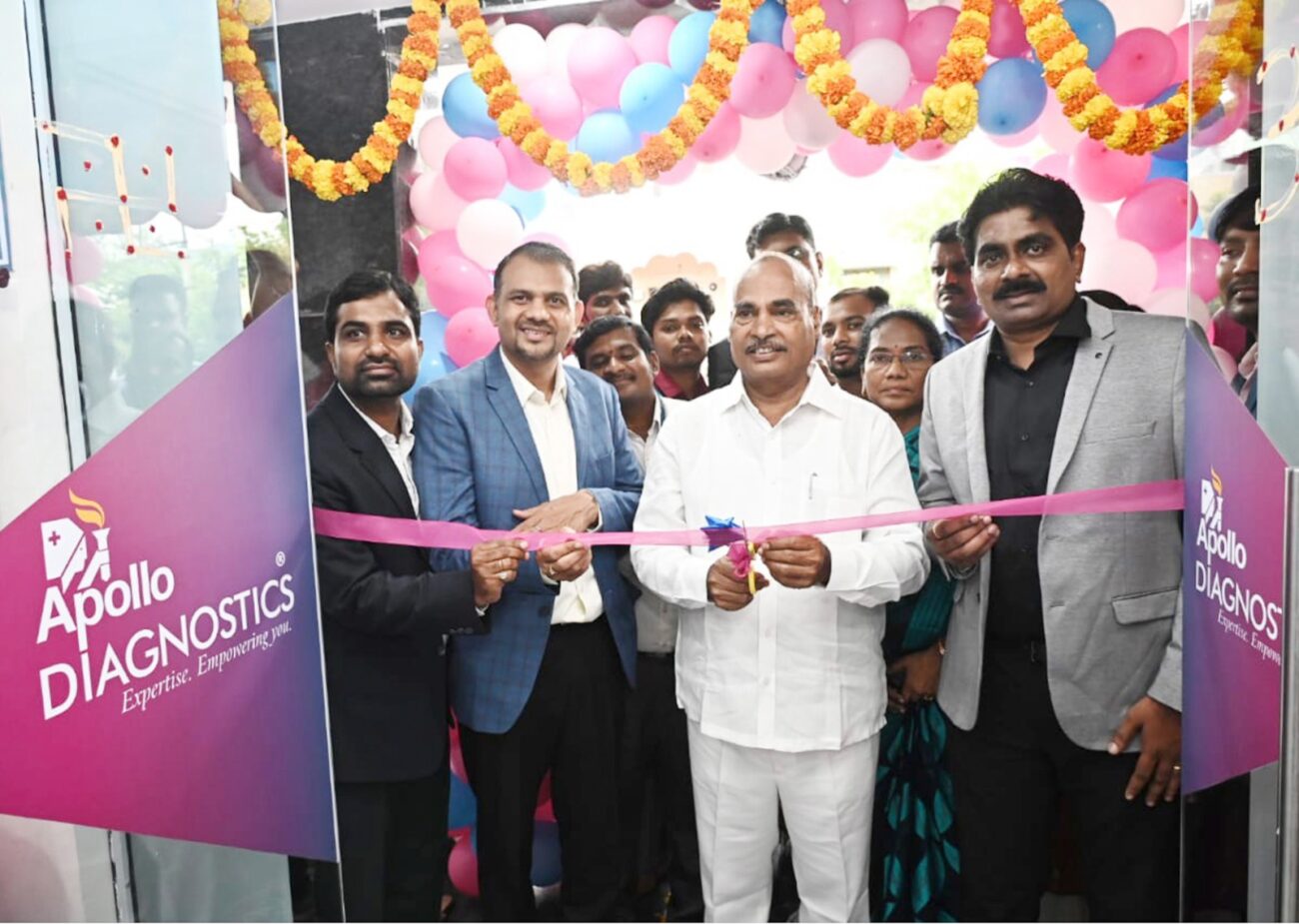Enhanced adoption of advanced surgical techniques and technologies for hernia surgery to have distinct socio-economic impact in India: AWR Surgeons’ Community
Renowned surgeons from India and abroad who are specialists in the field of hernia and abdominal wall reconstruction surgery addressed the media The press conference was conducted ahead of AWR Deep Impact, an event

- Renowned surgeons from India and abroad who are specialists in the field of hernia and abdominal wall reconstruction surgery addressed the media
- The press conference was conducted ahead of AWR Deep Impact, an event to educate and train surgeons in advances in the field of hernia surgery
At New Delhi today, the Abdominal Wall Reconstruction Surgeons’ Community (AWRSC), an international body that has been working since 2017 to help surgeons make hernia surgery safer and better, opined that the nuanced adoption of advanced surgical techniques and technology for managing hernia cases would have a distinct socio-economic impact in India. Some global faculty and office bearers of the AWR Surgeons’ Community addressed the media to talk about the prevalence of hernia cases in India, and how it is important to enhance the adoption of advanced surgical techniques and technologies like robotic surgery to manage this scenario. The press conference was conducted ahead of AWR Deep Impact, an event to educate and train surgeons in advances in the field of hernia surgery.
This four-day event starts from 23rd March will have renowned International and national faculty sharing their knowledge and experiences. The conference will include exclusive courses by the masters in the field to enhance the skills of fellow surgeons. Live surgeries will include the newest and most exciting developments in surgery, including modern abdominal wall traction systems and robotic AWR, led by their innovators themselves.
While addressing the media, Dr. Jan Kukleta, an international expert from Zurich, said “India is home to some of the most skilled and innovative general surgeons in the world, and we are happy to interact with them about the advancements in AWR/ Hernia surgeries through this community.”
Dr. Pawanindra Lal, Director of Surgery at Delhi’s Maulana Azad Medical College, adds, “This will pave the way for us to bring better clinical outcomes for patients with hernia. Advanced laparoscopic and robotic-assisted surgery systems may allow the surgeon to take a minimal access approach to hernia and abdominal wall reconstruction surgeries, with tangible patient benefits.”
According to Dr. Vivek Bindal, a Delhi-based robotic surgeon, “Hernia is a condition that occurs when an organ in the body projects out of a defect in the abdominal wall, often an accident of birth or a consequence of surgery on the belly. It is usually seen in the abdominal area. More than 20 million hernias are estimated to be repaired all over the world every year. Inguinal (groin) hernia repair is one of the most common general surgical operations worldwide accounting for about 10–15% of all surgical procedures second only to appendectomy.”
Dr. B Ramana, a Kolkata-based surgeon who is credited with bringing in the AWR revolution in the Indian surgical community, said, “Indians are no different from the rest of the world in that surgical procedures weaken the abdominal wall and conditions like obesity increase the complication and failure rates of surgeries designed to strengthen the defects in the abdominal wall. The problem with developing countries like India is medical ignorance, cost restraints, poor insurance coverage and social inhibitions. Delayed presentation of cases leads to higher postoperative morbidity and mortality. Our aim is to train the residents and surgeons to perform the most effective surgeries with minimum morbidity, assisting early return to daily routine for these patients.
A significant number of our population, especially the women, are at high risk of hernias. About 20-30 per cent of all patients who have undergone some form of surgery for a stomach ailment are susceptible to hernia. That includes C section and hysterectomy as well. Pregnant women and those who are prone to weight gain are also susceptible to hernias, since the muscles expand periodically and may weaken when stretched. That means, a good portion of our population are prone to hernia. Conventional methods of hernia surgeries, especially for larger hernias, have a higher recurrence rate, levying a huge economic burden on patients. This is where the modern techniques of hernia surgery may have a distinct social and economic impact.”
Dr. Bindal further said: “As a part of this event, the AWRSC will conduct hands on training sessions on modern AWR surgery using robotic and modern laparoscopic technology, across top hospitals in Delhi on Thursday.
Dr. Richard Lu, a robotic AWR surgeon from Texas, said “The greatest surgical advancement in the last 2 decades can be attributed to robotic-assisted surgery (RAS). With significant advantages, it has revolutionized surgical practice in many countries with well-accepted advantages like reduced pain and reduced incision-related complications. The new medical and surgical technologies have the potential to improve patient outcomes, and we are glad to have this one-of-a-kind platform built for our surgeons do better.”
Dr. B Ramana, Founder President, AWR Surgeons Community, Dr. Vivek Bindal, Chairman, CRSA India, Dr. Arun Prasad, Bariatric and Robotic Surgeon, Apollo Hospitals, Dr. Pawanindra Lal, Director Professor & Head of Surgery, Maulana Azad Medical College, Dr. Jan Kukleta (Switzerland), Head of Network, Hernia Hernienzentrum Zurich, Dr. Richard Lu (USA), University of Texas Medical Branch, Dr. Danny Rosin (Israel), MD at Sheba Medical Center, Tel Aviv, and Dr. Heather Bougard (S. Africa), Head Clinical Unit, The University of Cape Town were present at the press conference.






